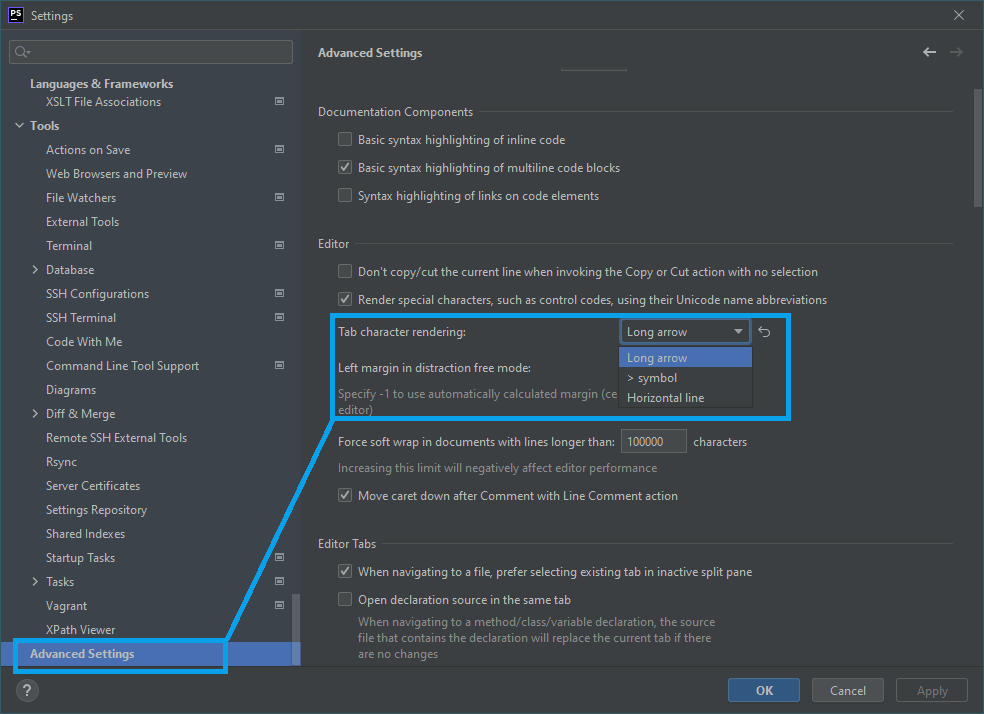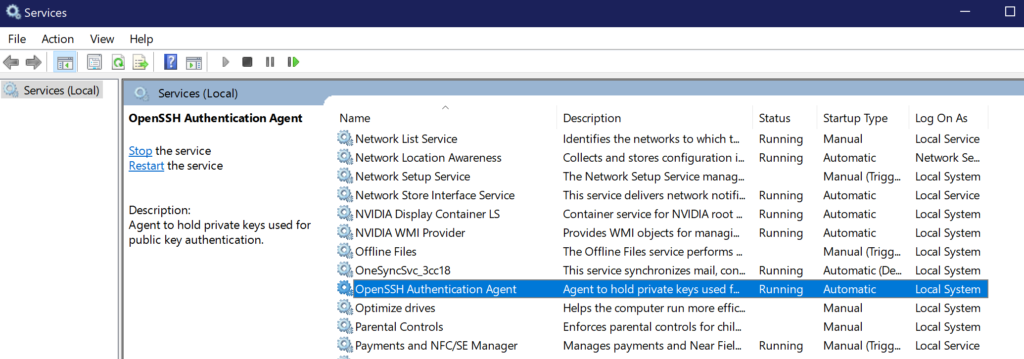Yesterday I took my son to SmileKeepers Medford Childrens dentist office.
I had to fight with the dental staff just to be allowed in the room where the work would be done. They suggested I wait in the car. I pushed to the point where I actually met with the dentist before the appointment. The dentist said to me that he’d been doing this for 40 years and he didn’t need my help “back there”. However, I was prepared to leave if my request was not met. So, after much pushing on my part they allowed me back in the room with my son. They said, that if I was going to come back they would just have to do less work on his mouth than they had planned. Note: This has never been a problem with any other dentist. I’ve been in the room with my kids numerous times and my kids draw comfort and courage from knowing that I’m in the room.
I sat in the corner of the room, as I normally do at the dentist, and the staff worked with my boy. My boy was great, he let the assistants work on his mouth, easily took the laughing gas, and was following directions well. Then the dentist came in and began to work. It wasn’t long before my son was silently writhing in pain, trying to tough it out. My son then began to tell the dentist that what he was doing hurt. The dentist would stop working on my sons mouth and ask “does it hurt?”, my son would answer “Yes”, then dentist would say, “I’m not doing anything right now, so it can’t be hurting” and then would continue working. My son was telling the dentist continually that it was hurting. However, the dentist was not listening to my boys concerns when my son said he was hurting. Instead the dentist was arguing with my son about whether he hurt or not. He was demeaning and was not treating my son with respect, he wasn’t treating my boy the way I would expect a person to be treated. He exasperated my son. There was nothing I could do, I wasn’t just going to leave the office with my boy bleeding from his mouth and try to rush him to another dentist. I also wasn’t going to risk telling this man who’d been doing this for 40 years how to do his job. Who knows if he’s the kind of person to take “revenge”. I had to let the man finish what he was doing as quickly as possible.
Now, anyone who knows him knows my son is tough. When my son says something hurts, he is telling the truth and I believe him. That said, I have never seen any one of my six kids like I saw my boy yesterday. I listened as my son yelled “No, no, no!” and the dentist ignored him to continue “working”. I sat there in silent rage as my boy screamed and writhed in pain, and instead of validating my sons concerns, the dentist argued with him and tried to prove him wrong.
What’s more is that when the appointment was over the dentist turned to me and said “this is why we don’t allow parents back in the room” as if it was my fault.
Now, I’ve taken the day to let my feelings subside and to think about this logically…
I am livid. There is a word that describes what happened to my son yesterday, abuse. I don’t even want to think of the additional “work” they would have done had I elected to wait in the car as they’d suggested. Anyone who knows us knows that we will push our kids through their tears when necessary. This was not one of those times.
Dr. Zirkle from SmileKeepers Children in Medford Oregon is the dentists name. He is not a safe dentist. I strongly recommend keeping your distance from him. We’ve pulled all 5 of our kids who are patients out of that office and we won’t be using another “SmileKeepers” or affiliated brand of Interdent dentist office (Gentle Dental) ever again. The fact that Dr. Zirkle is allowed to continue to represent Interdent is indicative of the bad decisions Interdent makes. A representative like Dr. Zirkle reflects very poorly on the Interdent company as a whole.
Other Parents Experiences
Other reviews are just as horrific. Apparently this has been happening for YEARS.
Outside link:
https://www.doctor-oogle.com/108058-redding-pediatric-dentist-dr-ronald-zirkle#read_review



